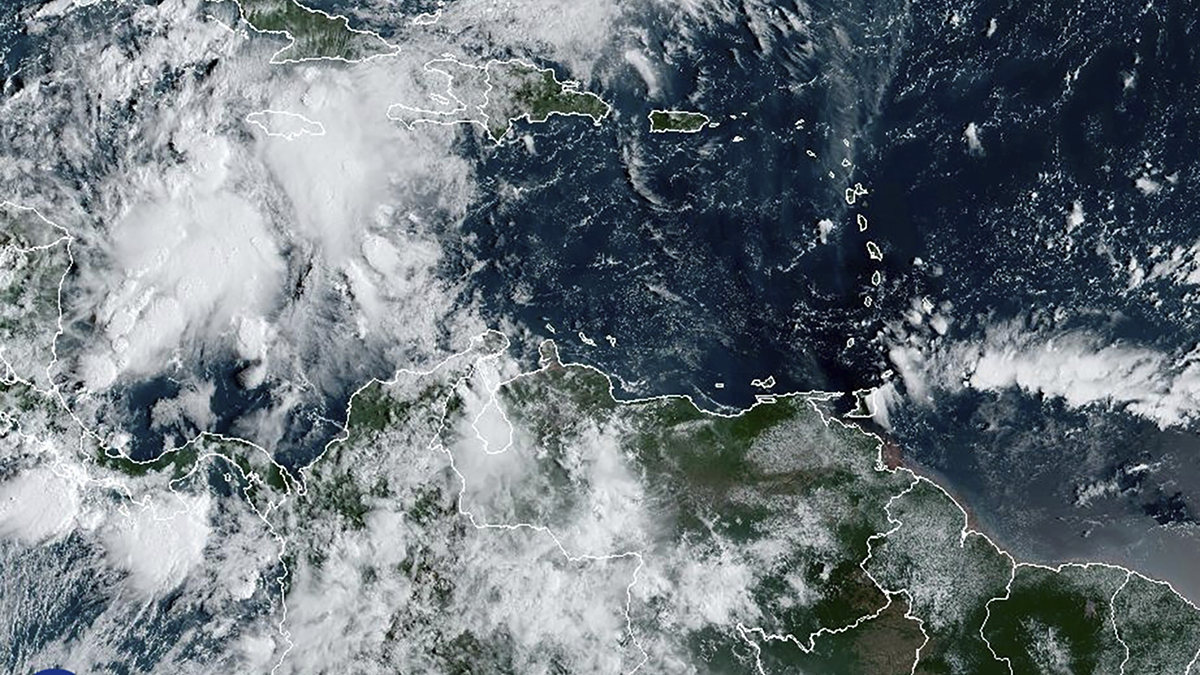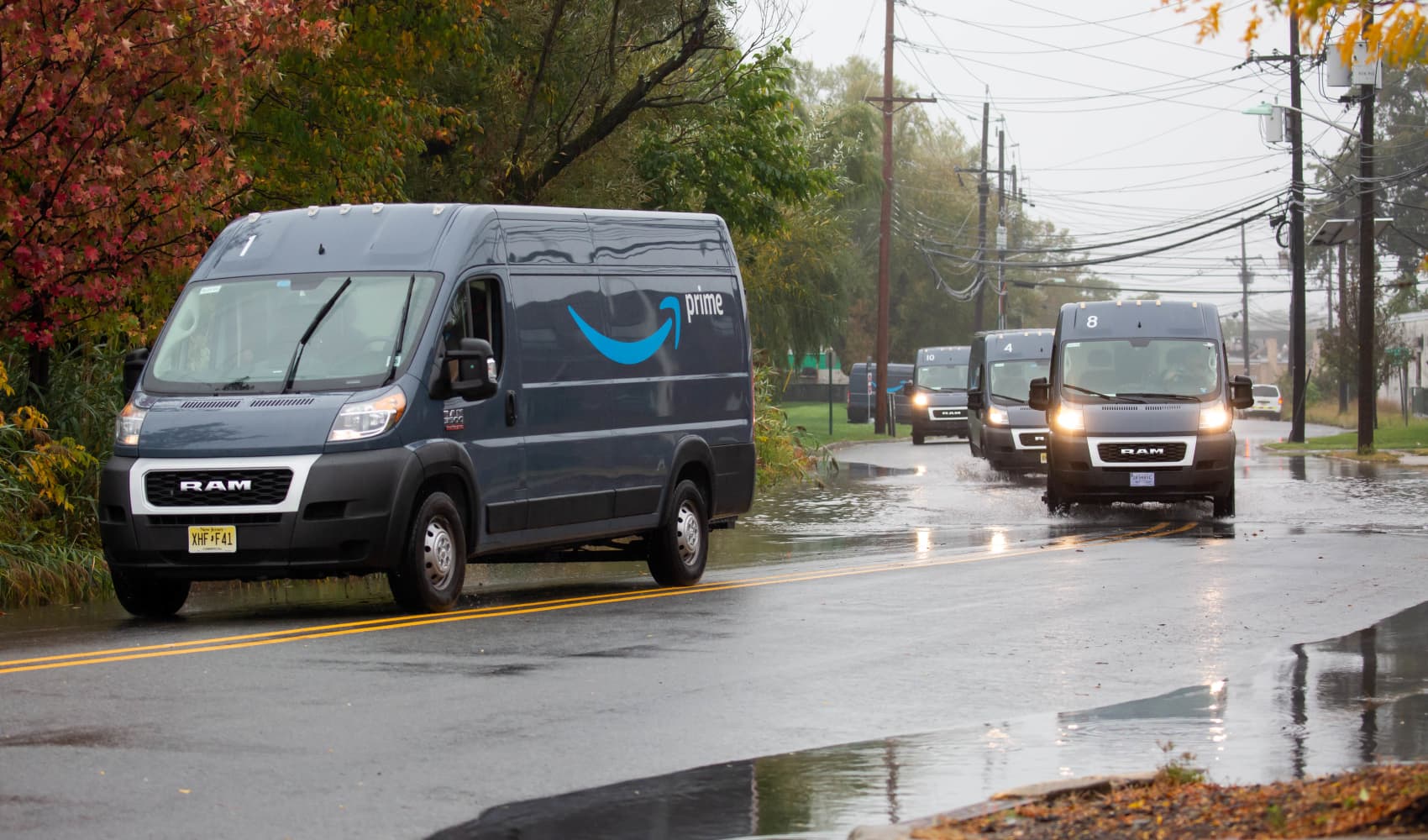Helene became a hurricane Wednesday after rapidly strengthening in the Caribbean Sea and moved north along Mexico’s coast on a path toward the U.S., leading residents to evacuate, schools to close, and officials to declare emergencies in Florida and Georgia.
The storm’s center was near Mexico’s Yucatan Peninsula on Wednesday, the U.S. National Hurricane Center said, and it was expected to intensify and grow in size as it crosses the Gulf of Mexico. Heavy rainfall was forecast for the southeastern U.S. starting Wednesday, with a life-threatening storm surge along the entire west coast of Florida, according to the center.
The storm is so large that rural areas roughly 90 miles (145 kilometers) north of the Georgia-Florida line are under a hurricane warning. And states as far inland as Tennessee, Kentucky and Indiana could see rainfall.
“You are going to have a major hurricane plowing inland, and storms take a little time to decay once they’re inland,” said Brian McNoldy, an environmental researcher at the University of Miami.
Forecasters warned of possible tornadoes Wednesday night in western Florida and southern Alabama and said the tornado risk would increase Thursday, expanding across Florida and into Georgia and South Carolina.
Helene is expected to become a major hurricane — a Category 3 or higher, with winds above 110 mph (177 kph) — on Thursday, the day it’s set to reach Florida’s Gulf Coast, according to the hurricane center. The center issued hurricane warnings for part of Mexico’s Yucatan Peninsula and Florida’s northwestern coastline, where large storm surges of up to 15 feet (4.5 meters) were expected.
Will Marx hunkered down Wednesday in his double-wide mobile home 13 miles (21 kilometers) inland in Crawfordville, Florida. The 64-year-old retiree put extra jugs of water in his freezer as he watched people move boats and RVs out of the storm’s projected path.
“We will know tomorrow, I guess,” he said.
In the Pacific, former Hurricane John re-formed as a tropical storm Wednesday and threatened areas of Mexico’s western coast anew. John had hit the country’s southern Pacific coast late Monday, killing two people, blowing tin roofs off houses, triggering mudslides and toppling scores of trees, officials said Tuesday.
It grew into a Category 3 hurricane in a matter of hours and made landfall about 80 miles (128 kilometers) east of the resort city of Acapulco. It weakened to a tropical storm after moving inland but later reemerged over the ocean.
On Wednesday, officials issued a hurricane watch for the coast from Acapulco to Zihuatanejo and tropical storm warnings from Punta Maldonado to Lazaro Cardenas. John was about 110 miles (180 kilometers) southwest of Acapulco with maximum sustained winds of 40 mph (65 kph) and was moving east at 2 mph (4 kph).
Helene, which formed Tuesday in the Caribbean, is expected to move over deep, warm waters, fueling its intensification. The hurricane was about 500 miles (810 kilometers) southwest of Tampa, Florida, and had sustained winds of 80 mph (130 kph), according to the U.S. National Hurricane Center. Forecasters said it is expected to become a major hurricane with its center making landfall in the Big Bend area of Florida’s northwestern coast as soon as late Thursday.
Mara Lezama, the governor of the coastal state of Quintana Roo, shared photos of rain-swept streets and videos of the normally placid, turquoise waters off the island of Cozumel being whipped into angry waves that broke over the seawall. In Cancun, heavy waves threatened to worsen the resort city’s problem with beach erosion.
Tropical storm warnings were in effect for the upper Florida Keys, southern Florida and the northeast coast of Florida and were extended northward Wednesday morning to Altamaha Sound, Georgia. A tropical storm watch was in effect for the South Carolina coast north of the South Santee River to Little River Inlet.
Hurricane watches, which are a step down from warnings, were also in effect for parts of western Cuba and Florida, including the Tampa Bay area, the hurricane center said.
Several counties on Florida’s west and northwestern coasts have issued evacuation orders, and schools planned to close or reduce hours. Gas stations in the Tallahassee area started to run out of gas Monday, and water and other supplies flew from supermarket shelves.
President Joe Biden declared an emergency in Florida, and federal authorities postitioned generators, food and water, along with search-and-rescue and power restoration teams.
Florida Gov. Ron DeSantis, who already issued an emergency for most of the state’s counties, said Wednesday that 12 health care facilities have evacuated. He urged people to prepare immediately.
Georgia Gov. Brian Kemp also declared an emergency in his state. The hurricane warning area included Valdosta, a city of 55,000. Helene approached barely a year after Hurricane Idalia inflicted more than $6 million in damage to 1,000 homes and other property.
In western Cuba, authorities moved cattle to higher ground and seven medical brigades were dispatched to communities usually cut off by storms. Helene was expected to dump heavy rain on the western part of an island already struggling with severe water shortages and chronic power outages.
The Cayman Islands were recovering after they were lashed Tuesday with heavy rains and big waves. The strong winds knocked out power in some areas, while heavy rain and waves as high as 10 feet (3 meters) unleashed flooding. Schools on the islands remained closed Wednesday as flood warnings continued and residents pumped water out of their flooded homes.
Helene is the eighth named storm of the Atlantic hurricane season, which began June 1. Since 2000, eight major hurricanes have made landfall in Florida, according to Philip Klotzbach, a Colorado State University hurricane researcher. The National Oceanic and Atmospheric Administration has predicted an above-average Atlantic hurricane season this year because of record-warm ocean temperatures.
___
Associated Press journalists Danica Coto in San Juan, Puerto Rico; Andrea Rodríguez in Havana; Marcia Dunn in Cape Canaveral, Florida; Mark Stevenson and María Verza in Mexico City; and Claire Rush in Portland, Oregon, contributed to this report. Hollingsworth reported from Mission, Kansas.
This story uses functionality that may not work in our app. Click here to open the story in your web browser.



0 Comments